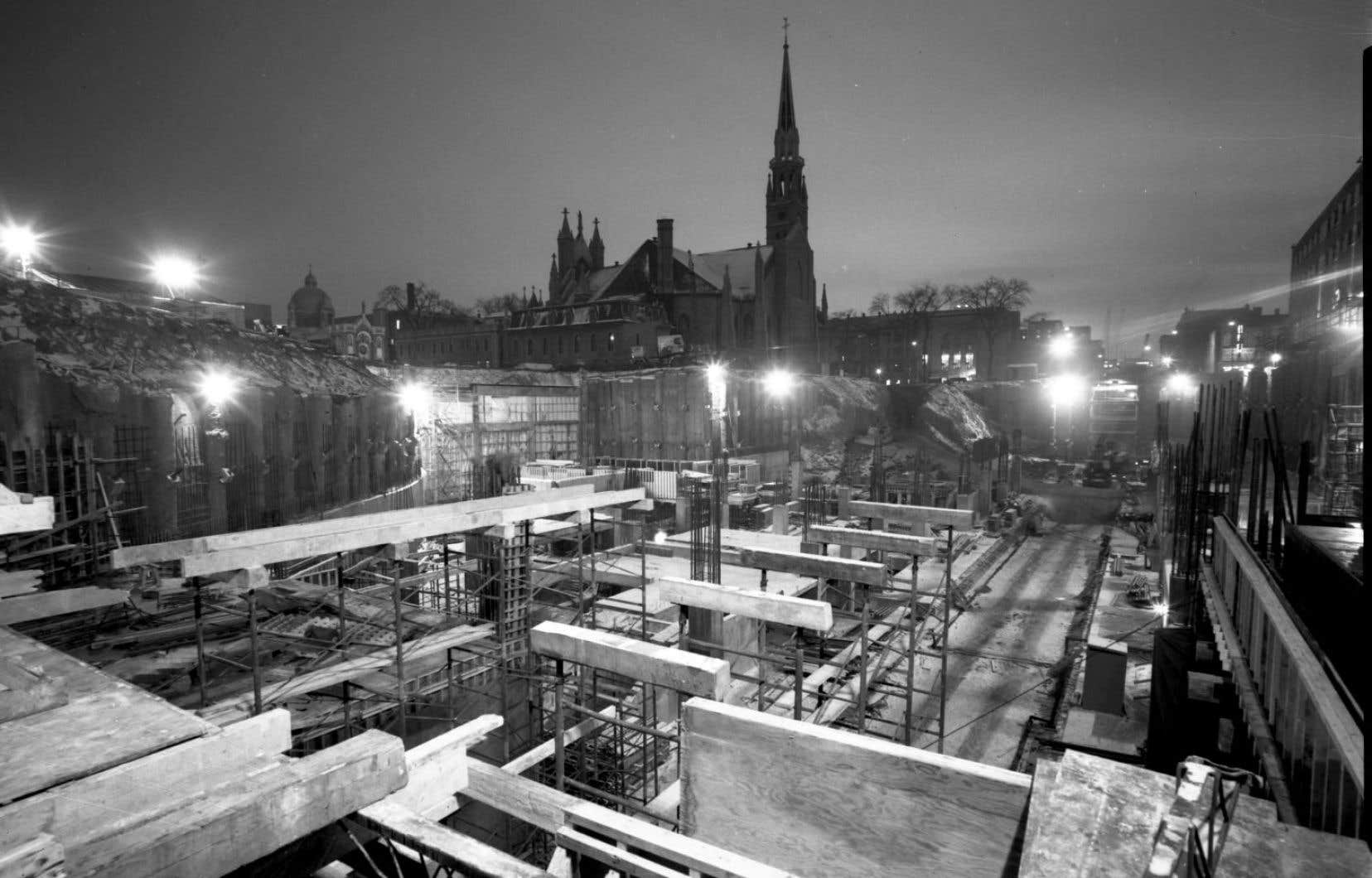Comparison is not right? Come on then! There is often only this very instructive way to understand and explain a situation.
In this instructive game, if the Montreal metro were a student and if the bulletin now focused on the universal accessibility of its services, the local network would be placed among the dunces, even with the efforts made over the last two decades.
In total, in 2024, 31 stations will be adapted with services offered to people with reduced mobility, or less than half of the network, which has 68 spread over 71 km of tunnel. With the new phase of work desired by the Société de transport de Montréal (STM) – but impossible to achieve without the funding still refused by Quebec – we would be at 36 in 2028 and 41 in 2030 with the following plan, probably also threatened, or 60% of the lot.
There are other bad students. London’s network, the oldest in the world, inaugurated in 1863, has only 18% of stations (50 out of 270) adequately equipped to allow wheelchair access, including with train access ramps. In New York, the count was 117 universally accessible stations out of 472 (25%) in 2017.
Montreal did not choose the option of universality when building its first lines in the 1960s, even if the examples to follow already existed, including on the North American continent. The 39 stations of the San Francisco metro, built between 1951 and 1975, have been accessible since their inauguration. Here, the blue line, completed in 1988, has not been “universalized” while the International Year for Persons with Disabilities, declared in 1981, propagated the international standard requiring accessibility to all stations on a network.
A comparative study by the Quebec Ministry of Transport dating from 2001 found that 15 of the 25 underground metros studied had already equipped 100% of their stations to facilitate reduced mobility, including the metros of Atlanta, Edmonton, Osaka, from Amsterdam, Chicago, Washington, Toulouse and Warsaw. Five other systems had installed elevators in proportions of 43% (Nagoya) to 96% (Stockholm). In Toronto, installing elevators when stations were built represented less than 1% of total costs.
“All the networks studied mention the importance of promoting accessibility to different modes of public transport as well as the connection between these modes of transport,” concluded the international analysis which already dates back a quarter of a century. None of the cities studied offers complete accessibility to all modes of public transport, but all are working on it: metro, city buses, tram, light rail system, commuter train. It is generally recognized that the more comprehensive the service, the more users will want to change their transport habits. »
Hello Madrid
The example of Madrid makes one blush. The system already had 199 stations accessible to people with reduced mobility when the Madrid Suburbs Accessibility and Inclusion Plan 2016-2020 was launched to add 89 elevators in 33 new stations in addition to other now standard equipment such as tactile floors, double handrails or braille signage. By the end of the program, three out of four stations on the enormous network were accessible to everyone.
It must be said that the cost of the Spanish works does not cause fear like here, where the replacement of the Île d’Orléans bridge, barely 2 km long, will require nearly 3 billion. The installation of seven elevators at Madrid’s Bilbao station in 2020 required only 8 million euros, or just under 12 million Canadian dollars. The project also made it possible to modernize the station’s coatings and technological equipment. A waterproofing system was also installed to protect the installations from water leaks.
In these Madrid accounts, the Montreal network would have equipped and renovated more than half of its station network with the single investment phase of 320 million of its Accessibility Program launched in 2017. In fact, the big money paid by Quebec n was only used to equip 6 stations. In 2001, elsewhere in the world, the average cost to retrofit an elevator and make other improvements to an existing station ranged from 1.7 million (Barcelona) to 4.5 million (Toronto). In constant dollars, taking into account inflation, it would be double now. In Montreal, real budgets do several more somersaults.
The Montreal bus network, on the other hand, is accessible. It is therefore intermodality that is being undermined by the decision to freeze accessibility projects for additional metro stations. Likewise, the new Réseau express métropolitain (REM) station still does not allow interconnection to the Bonaventure metro station for people with reduced mobility or cyclists, another aberration by widely shared global standards.But obviously, comparison is not right…
